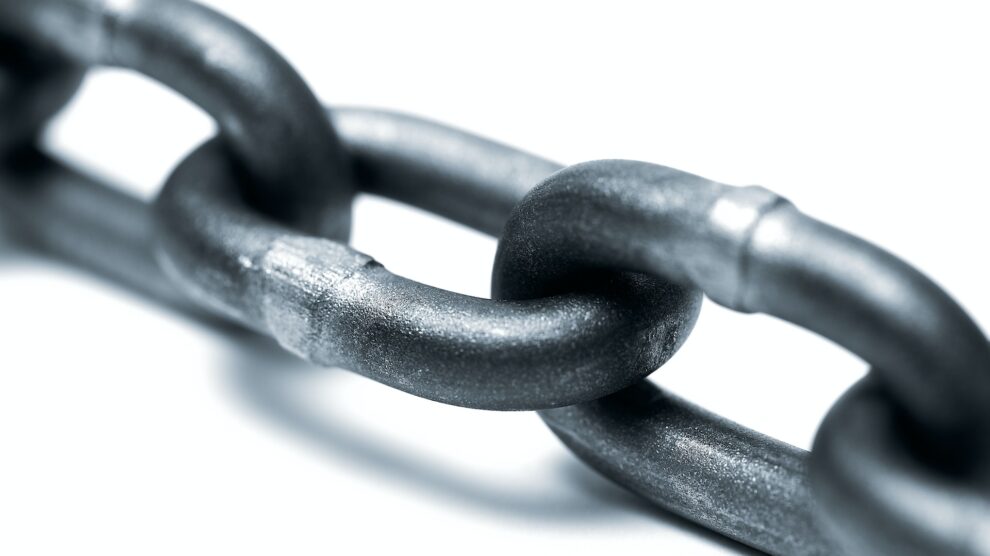In the high-stakes world of SEO and digital marketing, the debate between buying and earning backlinks is akin to choosing between a sprint and a marathon. For savvy marketers, the choice isn’t just about quick gains versus long-term growth, but about building a web presence that stands the test of time.
So, should you buy backlinks? It’s complicated. You just pay for them, and voilà! Instant visibility. Sounds perfect, right? Not quite. Sure, you’ll see a sudden spike in rankings, and it’ll feel great, but you still need those earned links to complete a solid backlink profile.
How to Blend the Perfect Mix of Backlinks
You want to use both paid and earned links to create a solid backlink profile. Here’s how to have the best of both worlds:
1. Create Multiple Bios Using Your Keywords and Links
When you’re targeting earned media sites, you should keep in mind that they want educational content. There’s no room for selling in the body of the article, and you need to respect that. However, most sites will give you an attribution at the bottom of the article to let readers know that the insights came from an expert. This is also your space to let readers know what you’re about, and it’s a good spot for a keyword with a link.
Have a few bios on standby with different keywords and links that you’re looking to help boost so that you can match the relevancy to the site’s audience and the article you contributed. For example, a bio about fishing could be great for a consumer publication, but you should focus on your business acumen for a B2B publication.
2. Prioritize Relevancy
Remember how business publications don’t want to hear about fishing gear? This will be an important matching game to play with the publication and each of your keywords. Google is going to be watching for this as well, so it’s critical that you’re always one step ahead.
Make sure that your keyword is relevant to the article content on the site. A good way to dig into this is to look at the categories of each site and make sure what you’re writing could easily fit. However, don’t duplicate an article that’s already been published on the site. Regardless of the publication, you need to have a unique angle or insights to make the piece worth adding to its collection.
3. Build Relationships for Better Outcomes
Earning backlinks is a relationship-building endeavor. Networking with industry peers, engaging in relevant online communities, and personalizing outreach are the tools of the trade. It’s about understanding the landscape, knowing who the key players are, and finding ways to collaborate.
Even when you’re buying backlinks, making sure that all the information needed is provided upfront is a great way to avoid multiple emails and publishing slowdowns. For example, don’t just reach out with your budget and say, “Put this somewhere.” You need to read through the offered sites, find where your link belongs, and make it clear where you want it placed in the article.
4. Know How to Avoid Getting a Penalty for Buying Links
To protect yourself from the “buying and selling backlinks” Google penalty, you should specify that you want your paid backlinks to be “no follow.” Here’s why, straight from the source: “Google does understand that buying and selling links is a normal part of the economy of the web for advertising and sponsorship purposes. It’s not a violation of our policies to have such links as long as they are qualified with a rel=“nofollow” or rel=“sponsored” attribute value to the tag.” Link attributes are now treated as hints about which links should be ignored. It’s not a guarantee that Google won’t crawl these links or pass link equity through them, and it’s better to be safe than sorry.
On the other hand, when earning backlinks, my advice is to leave it to the discretion of the website you’re getting a link from. These have very little chance of being interpreted as link spam. You earned them by providing quality insights. Think of them as a thank-you for your time and effort in contributing to the education of the audience.
Ultimately, the key to a robust and effective SEO strategy lies in striking the right balance between bought and earned backlinks. While purchased links can provide a quick boost, they should be used sparingly and smartly, always respecting search engine guidelines. On the other hand, earned backlinks, though requiring more effort and time, are invaluable for building credibility and a long-term online presence.
By focusing on creating valuable content, engaging meaningfully with your industry, and understanding the nuances of backlink attributes, you can construct a backlink profile that boosts your immediate SEO performance and lays a solid foundation for sustained digital success.





